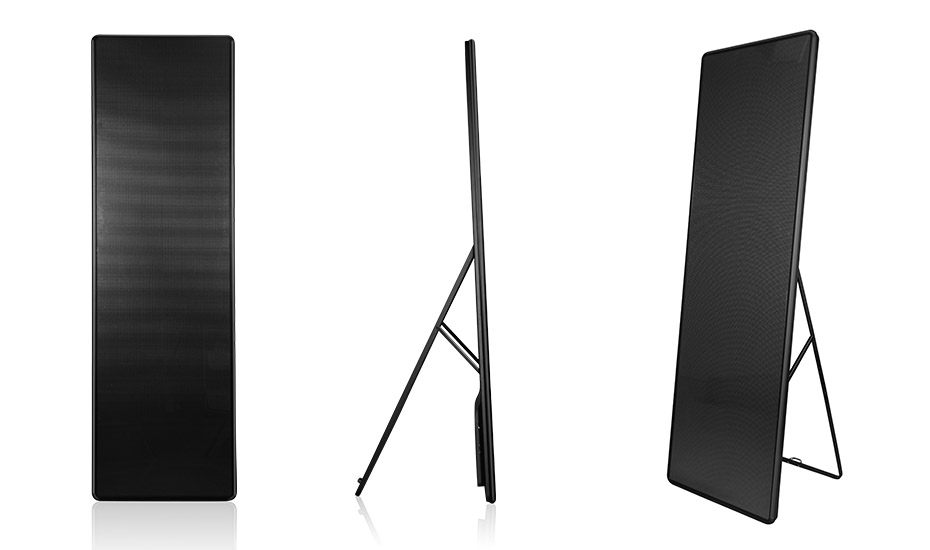1. Noise problem; mainly manifested in noise, noise or current sound in the case of a speaker without a sound source.
2, howling problem; the main performance is that the microphone gain can not be raised or the volume is not high, there will be acoustic feedback and whistling.
Ok, the customer has responded to this question. We "hey," and soon ran to the customer to see it. Well, the system has been set up, there is no problem with the wire welding, the sound can be released, and the sound phase is no problem. Ok, then how do we solve these two problems that customers ask? Let's come one by one and solve the noise problem first.
The first step is to eliminate external factors; cause current sound or noise problems, external causes are only three, external sound source equipment, excessive on-site noise and system power supply problems. We will eliminate them one by one. First remove the external sound source, then turn off the microphones that are turned on at the scene, cut off the noise of the site, and then confirm whether the power supply shares the same power source with other large power systems. Because if it is shared with other large-scale power systems, its use will greatly affect the current change, thus producing current sound.
The second step is to gradually eliminate various problems in the internal system; in this step, I have organized my own methods:
1. The minimum system method; in our system, it is usually composed of pre-level equipment, peripheral equipment and post-stage. Let's remove all peripheral devices first. For example, the mixer is connected to the amplifier, the amplifier is connected to the speaker, and there is no noise. If there is, we will also give up the mixer. If there is, it is the noise floor noise. , is a quality problem, can only be changed, because we are not repairing equipment after all, huh, huh. If not, it is the setting of the mixer is not correct or the quality problem, see if the gain is too large. If there is no problem with the smallest system, it is definitely a problem with the surrounding piles. At this time, we have to add the surrounding equipment one by one, and then check in detail whether it is a device setting problem or a quality problem. For example, if the noise reducer is adjusted, the equalizer gain is too large, etc.......
2, replacement method; in many projects, the system may be more than one, the same equipment may have two or more, we will check out the equipment that is considered to be faulty, and switch to another conference room to debug the equipment without problems, the same Settings, if the problem is solved, it is a problem with the device. If the problem persists, there are other problems in the system that you have not found yet, and we need to check carefully.
3. Instrument measurement method; measure the impedance of the speaker and the output level of the step-by-step device by measuring instruments such as multimeter and level meter.
Through the above steps and methods, I believe that the noise problem in the system will be solved soon.
The third step is to solve the howling problem; this problem occurs because the sound of the speaker is transmitted to the microphone to form a loop, and after a number of amplifications, there is a howling. The best way is to physically separate the path between the two. For example, when we use the microphone, we should use directionality instead of non-directional (omnidirectional mice). In the process of using, the microphone should not be used as much as possible. Directly facing the speaker. However, because there are multiple microphones, the placement of the speakers is fixed and cannot be changed. Then we can only use peripheral devices to complete this function, such as feedback suppressor, use smartlive to find the howling point, and put it on the equalizer. The corresponding frequency point is attenuated.
The Poster LED Display is a revolutionary retail product that will display HD pictures or video to potential retail customers. With a total thickness of 35mm(1.4in)and a weight of only 38kg(88lbs), these units can easily be moved and set up anywhere.
The slim aluminum finish of the Poster series really changes how traditional retail environments display their products. The days of static posters or dressed up mannequins are in the past. The Poster Led Display can now display multiple pictures containing a host of products or advertisements. Slim and elegant design, with thickness 35mm,weight only 38kg, easy to set up and install anywhere you like.

Poster LED Display
Column Led Display,Stage Led Screen,Led Column Advertising Display,Led Video Column Display
Shenzhen Joy LED Display Co., Ltd. , https://www.joe-led.com